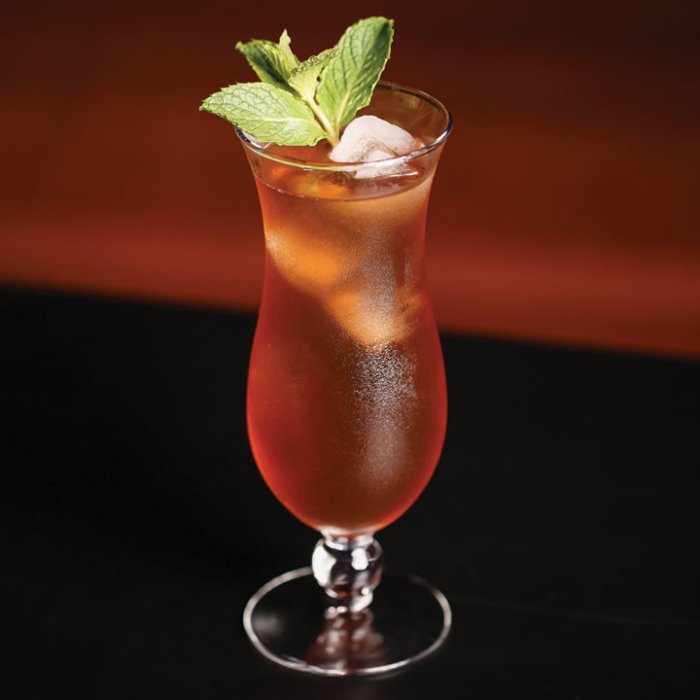Rum
Ingredient Type: Rum
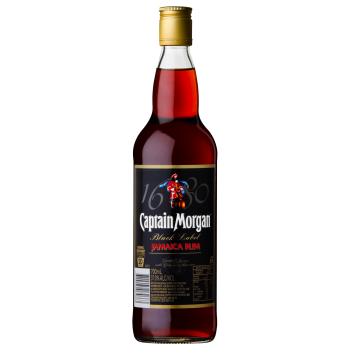
Description
Rum is a distilled alcoholic beverage made from sugarcane byproducts, such as molasses, or directly from sugarcane juice, by a process of fermentation and distillation. The distillate, a clear liquid, is then usually aged in oak barrels. The majority of the world's rum production occurs in the Caribbean and Latin America. Rum is also produced in Scotland, Austria, Spain, Australia, New Zealand, Fiji, the Philippines, India, Reunion Island, Mauritius, South Africa, Taiwan, Thailand, Japan, the United States, and Canada. Rums are produced in various grades. Light rums are commonly used in cocktails, whereas "golden" and "dark" rums were typically consumed straight or neat, on the rocks, or used for cooking, but are now commonly consumed with mixers. Premium rums are also available, made to be consumed either straight or iced. Rum plays a part in the culture of most islands of the West Indies as well as in The Maritimes and Newfoundland. This beverage has famous associations with the Royal Navy (where it was mixed with water or beer to make grog) and piracy (where it was consumed as bumbo). Rum has also served as a popular medium of economic exchange, used to help fund enterprises such as slavery (see Triangular trade), organized crime, and military insurgencies (e.g., the American Revolution and Australia's Rum Rebellion). The precursors to rum date back to antiquity. Development of fermented drinks produced from sugarcane juice is believed to have first occurred either in ancient India or in China, and to have spread from there. An example of such an early drink is brum. Produced by the Malay people, brum dates back thousands of years. Marco Polo also recorded a 14th-century account of a "very good wine of sugar" that was offered to him in the area that became modern-day Iran. The first distillation of rum took place on the sugarcane plantations of the Caribbean in the 17th century. Plantation slaves first discovered molasses, a byproduct of the sugar refining process, could be fermented into alcohol. Later, distillation of these alcoholic byproducts concentrated the alcohol and removed impurities, producing the first true rums. Tradition suggests rum first originated on the island of Barbados. However, in the decade of the 1620s, rum production was recorded in Brazil. A liquid identified as rum has been found in a tin bottle found on the Swedish warship Vasa, which sank in 1628. A 1651 document from Barbados stated, "The chief fuddling they make in the island is Rumbullion, alias Kill-Divil, and thi is made of sugar canes distilled, a hot, hellish, and terrible liquor."
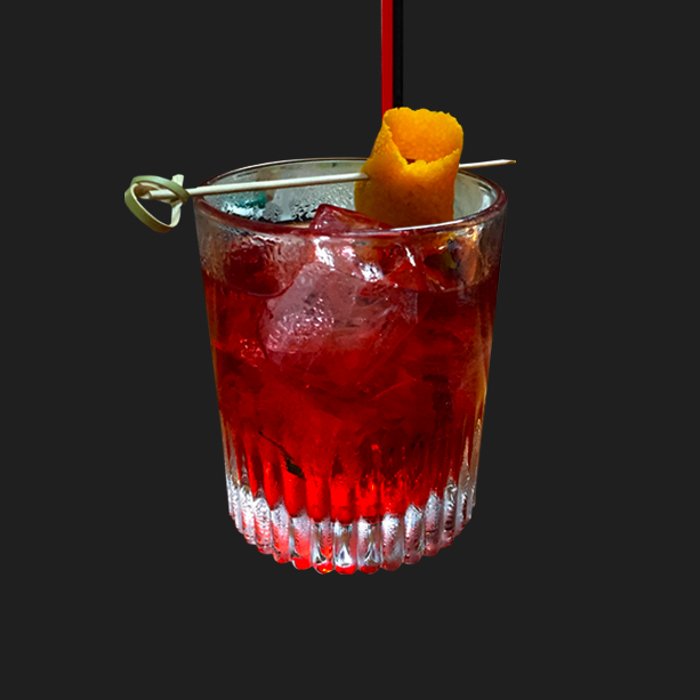
Adam Bomb
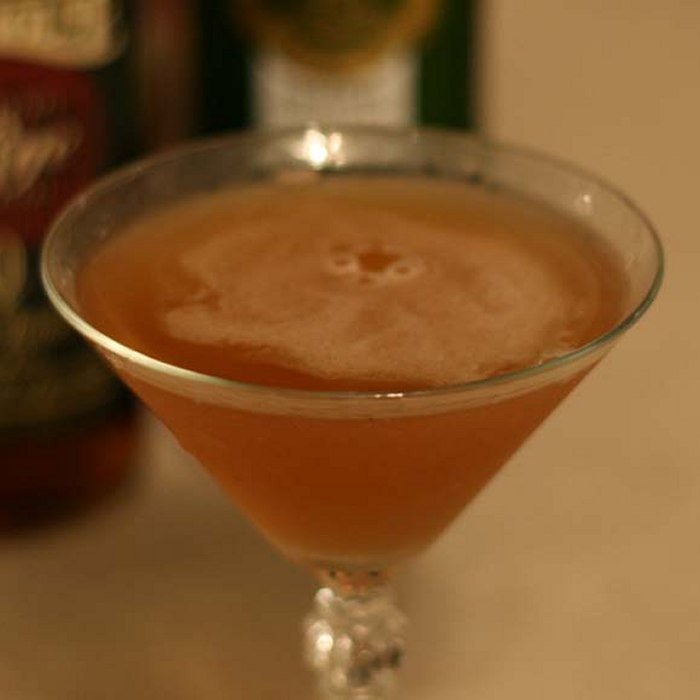
Adios Amigos Cocktail
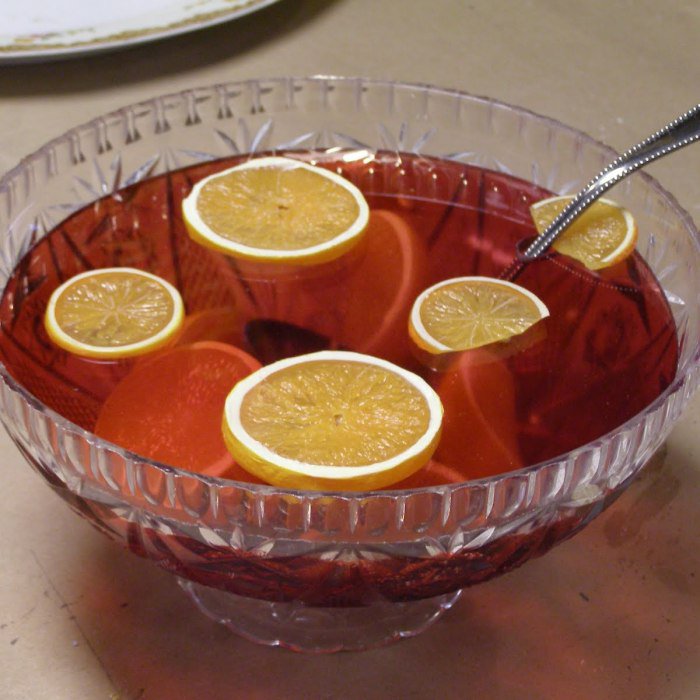
Artillery Punch
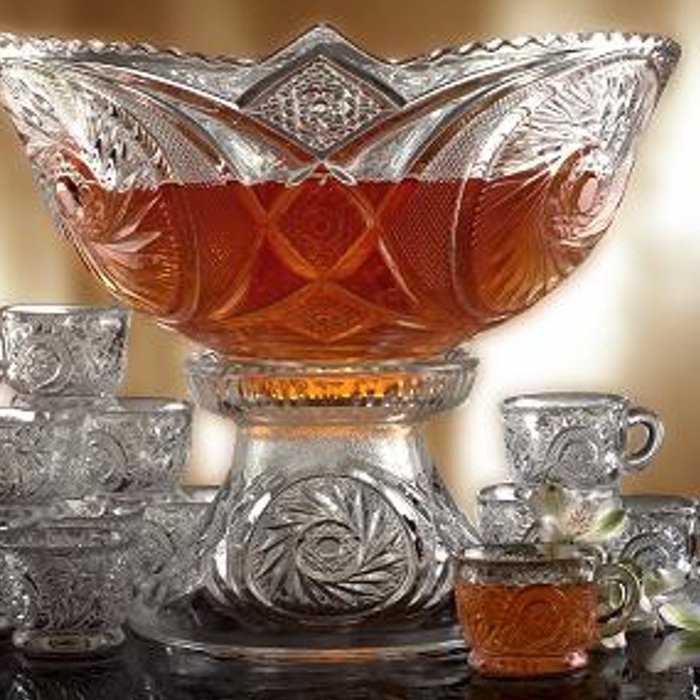
Aztec Punch
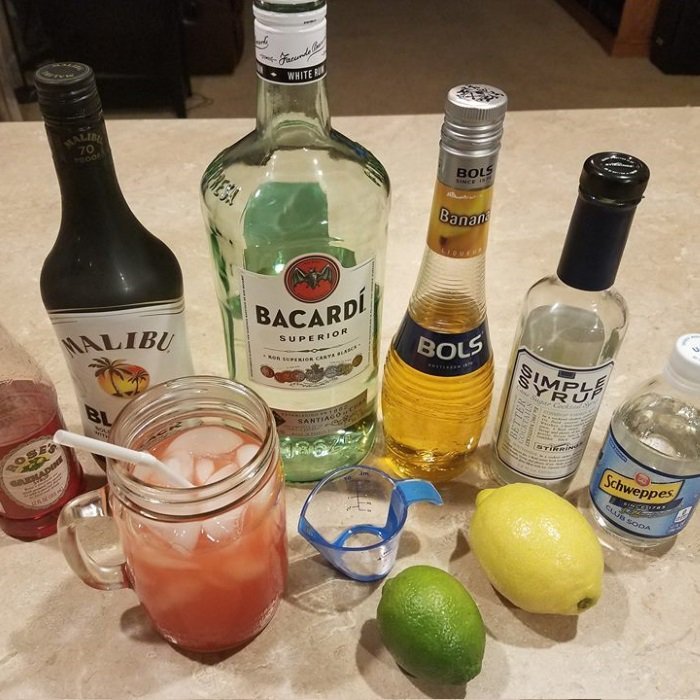
Bahama Mama
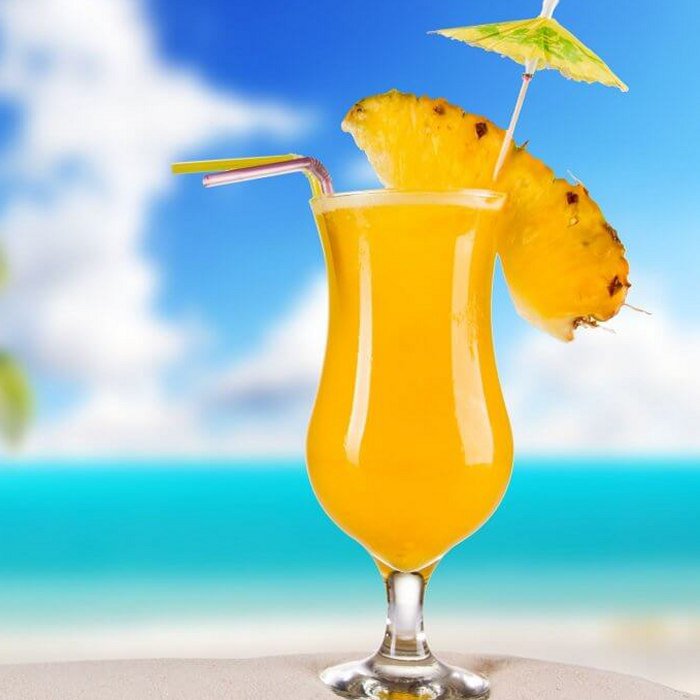
Barracuda
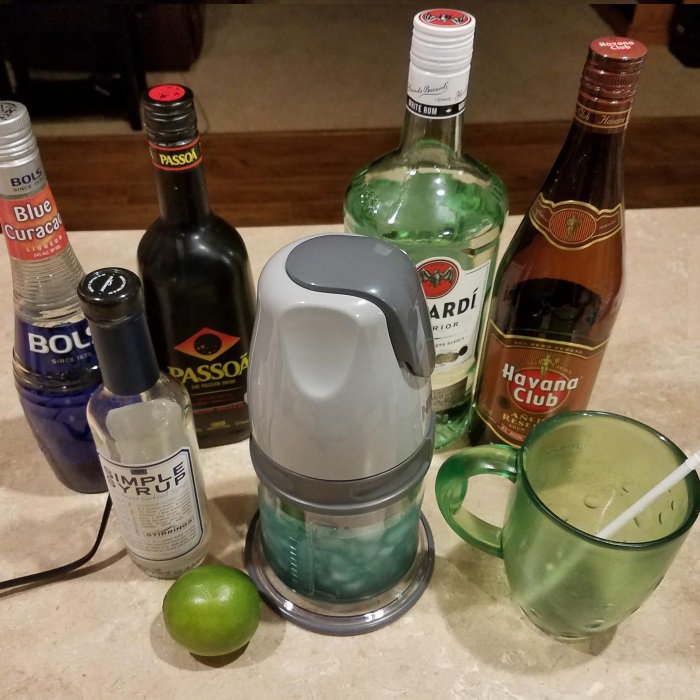
Blue Hurricane
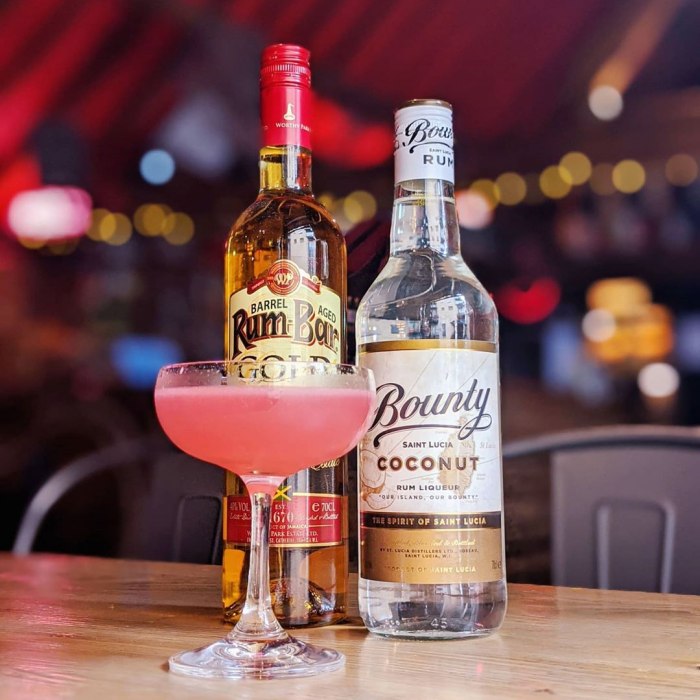
Bounty Hunter
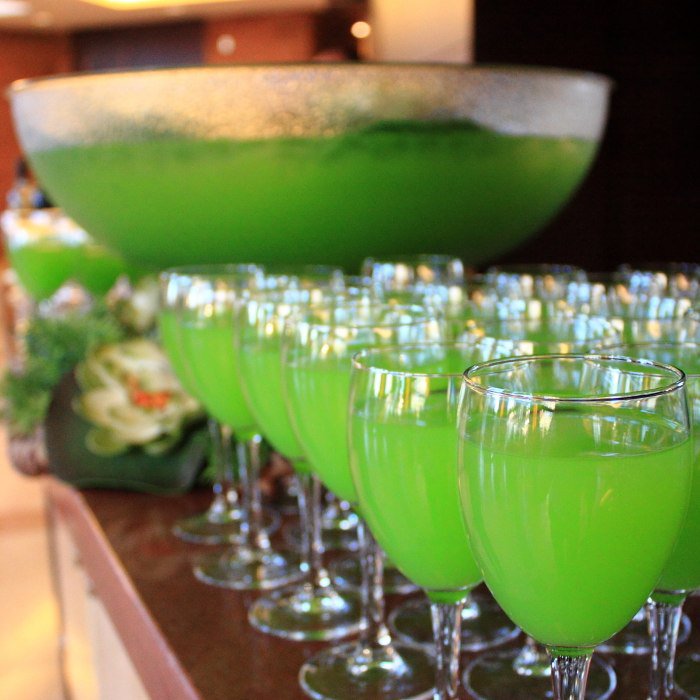
Brain Fart
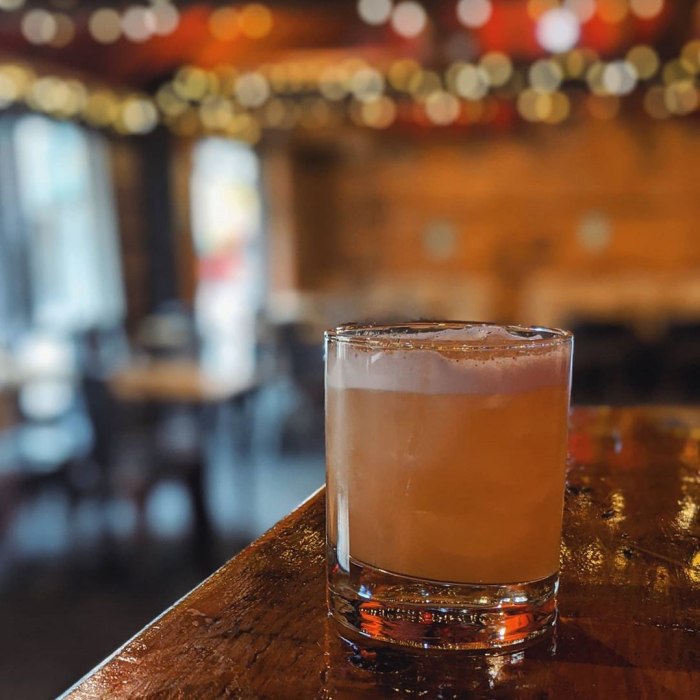
Captain Kidd's Punch
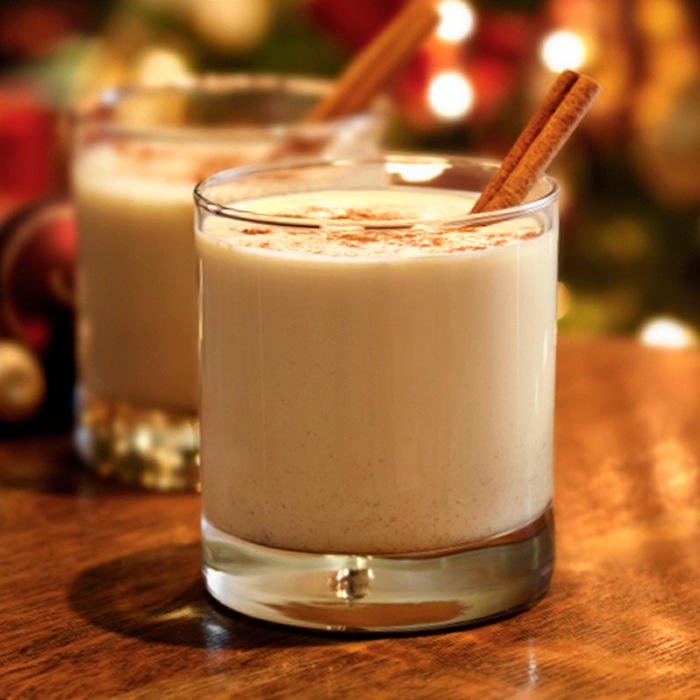
Egg Nog - Healthy
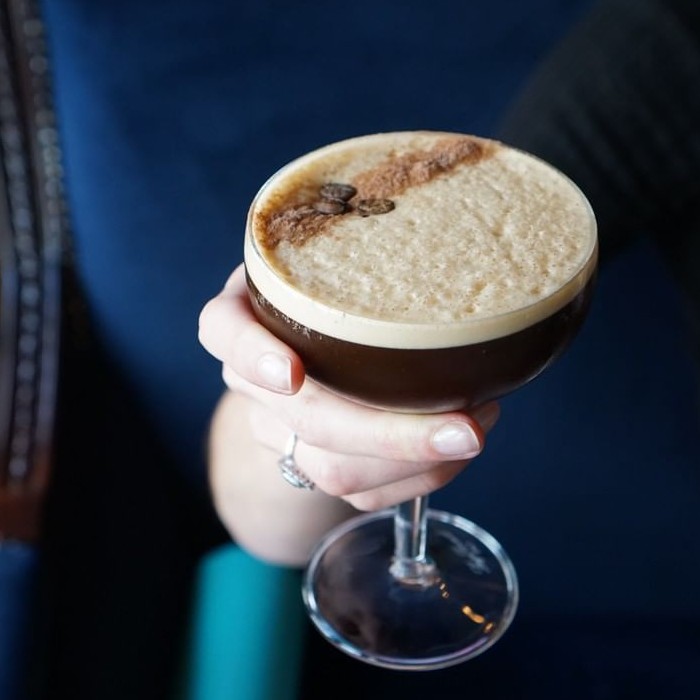
Espresso Rumtini
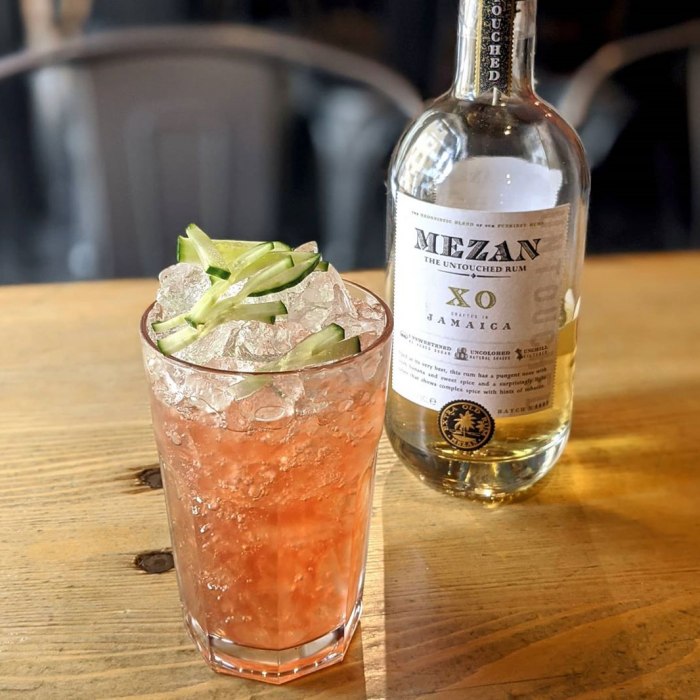
Funk and Soul
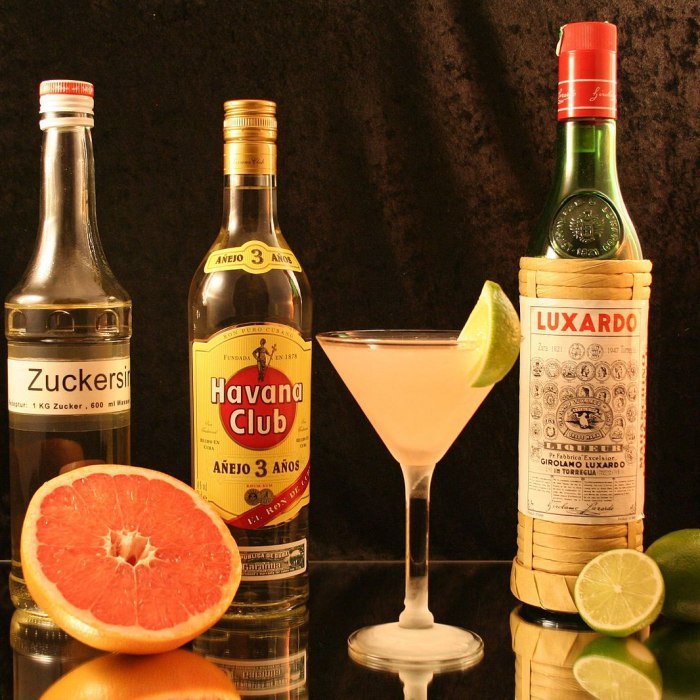
Hemingway Special
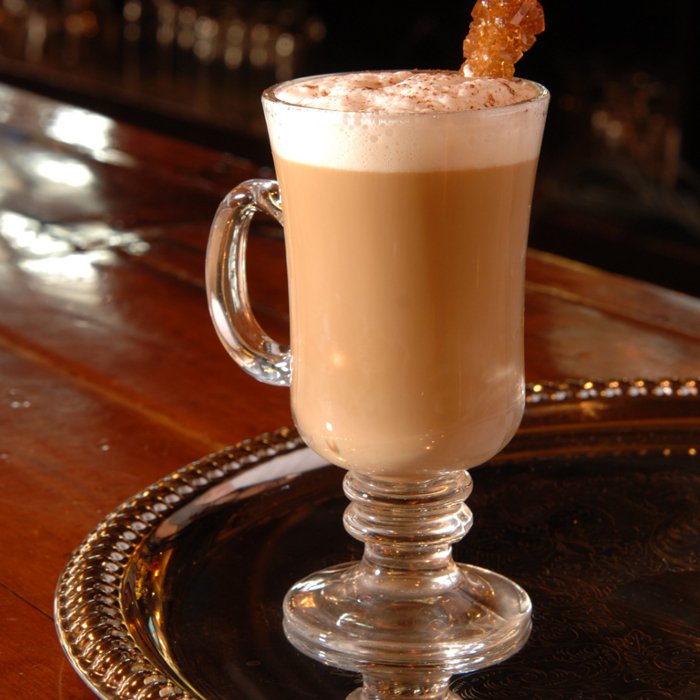
Jamaican Coffee
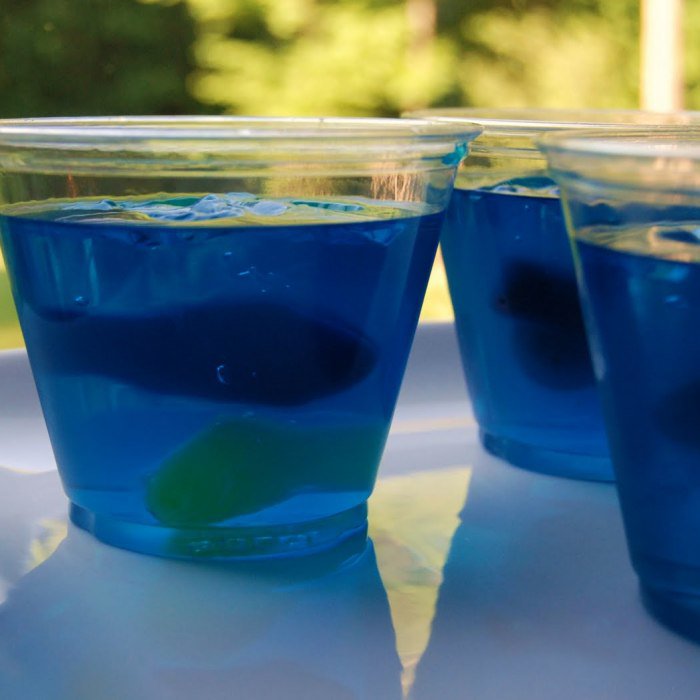
National Aquarium
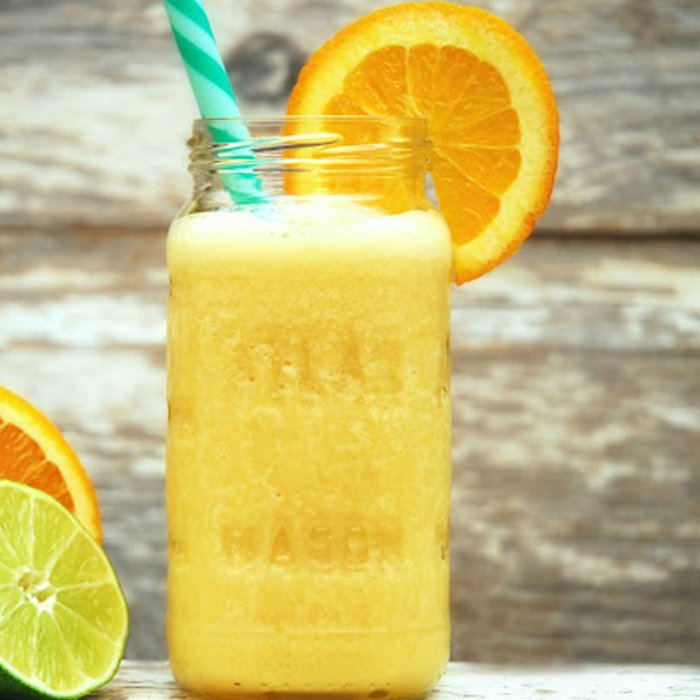
Orange Whip
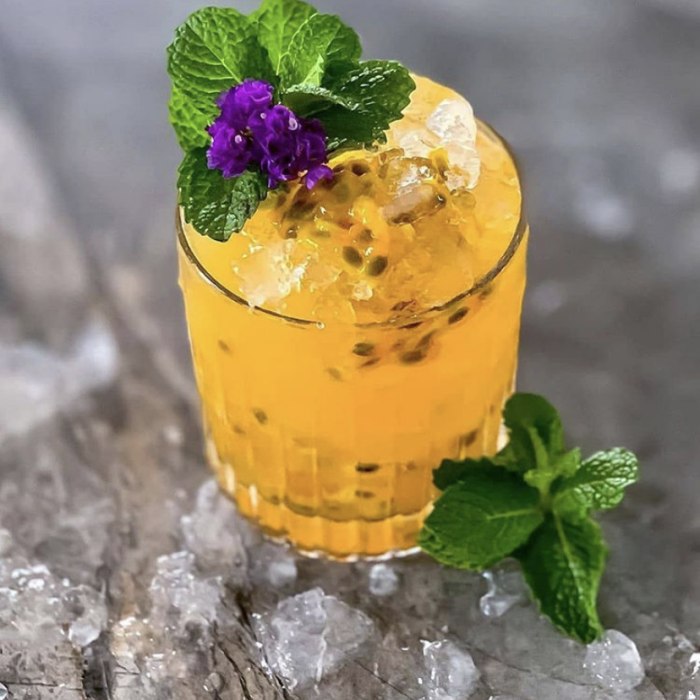
Pure Passion
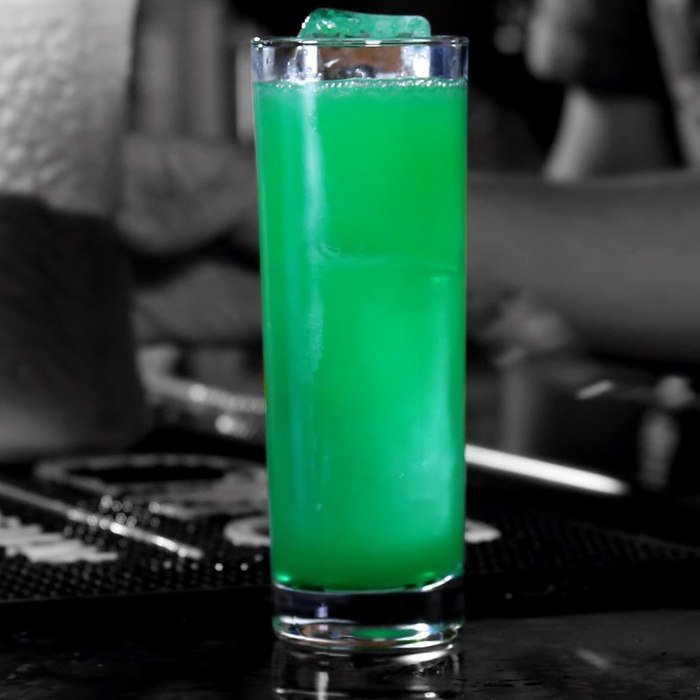
Radioactive Long Island Iced Tea
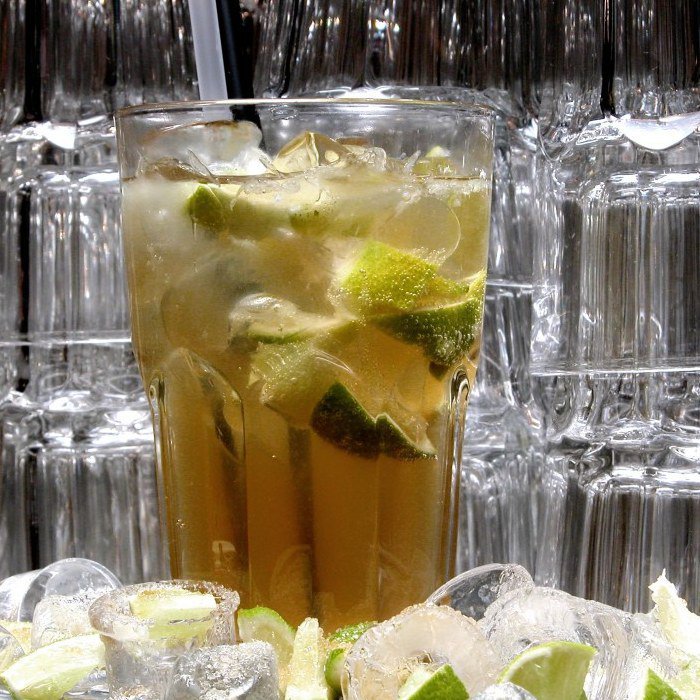
Rum Cooler
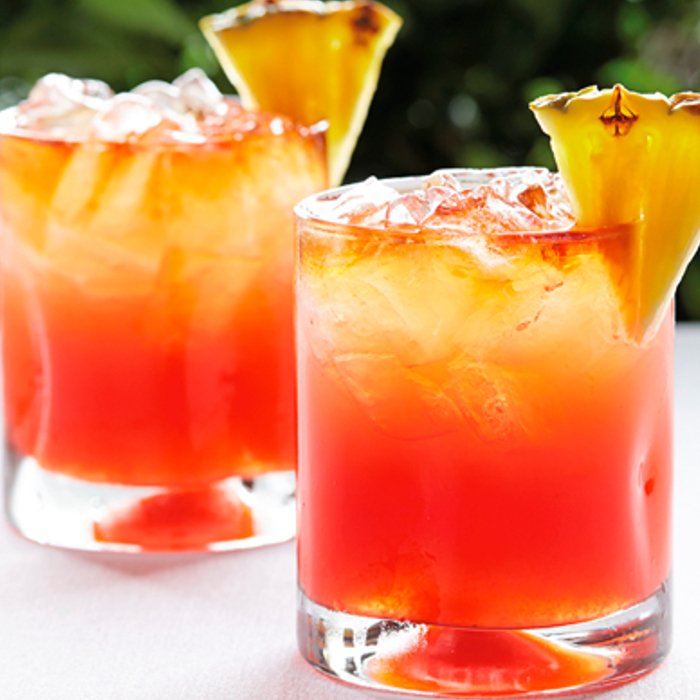
Rum Punch
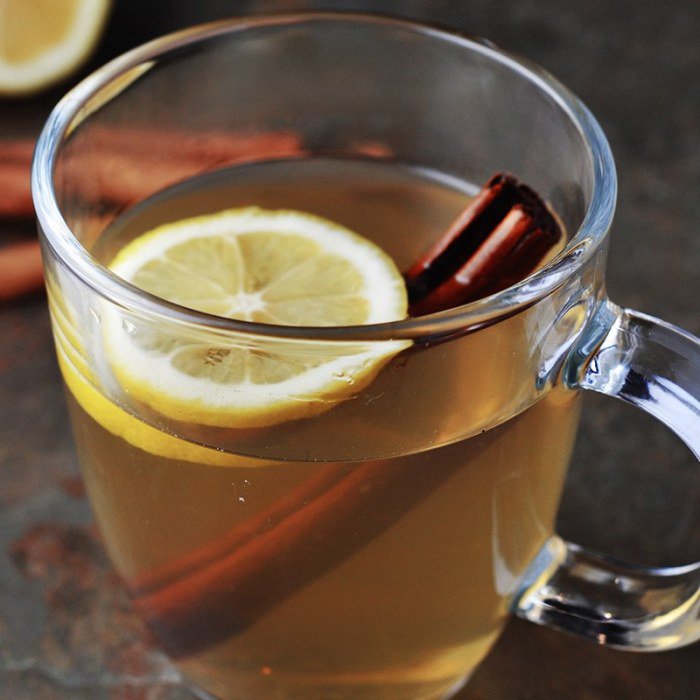
Rum Toddy
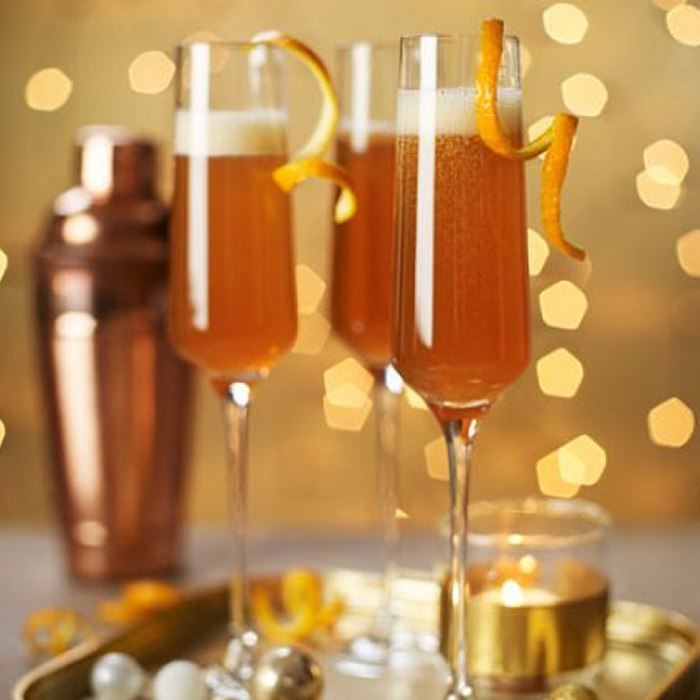
Spice 75
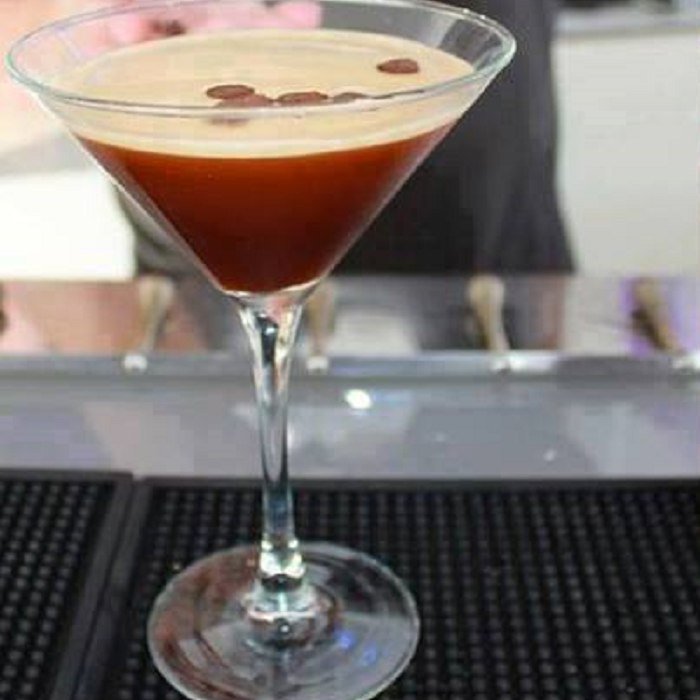
Tia-Maria
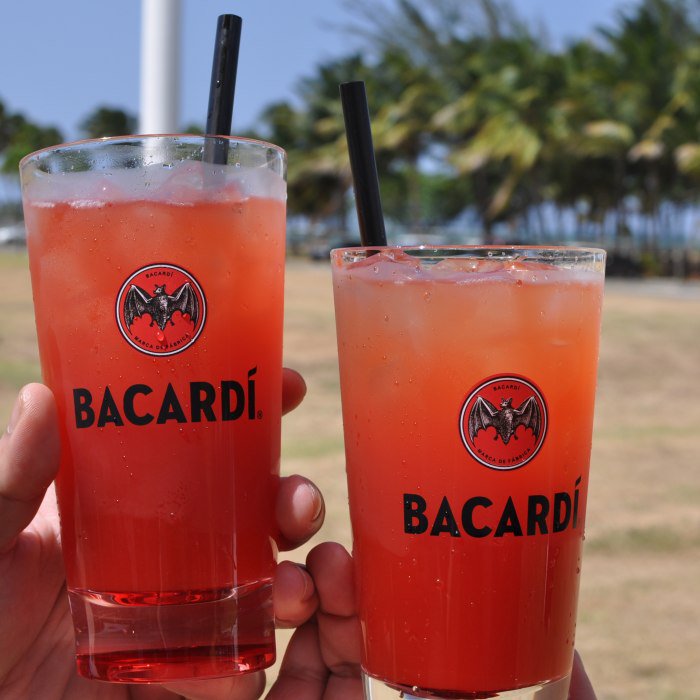
Zippy's Revenge
